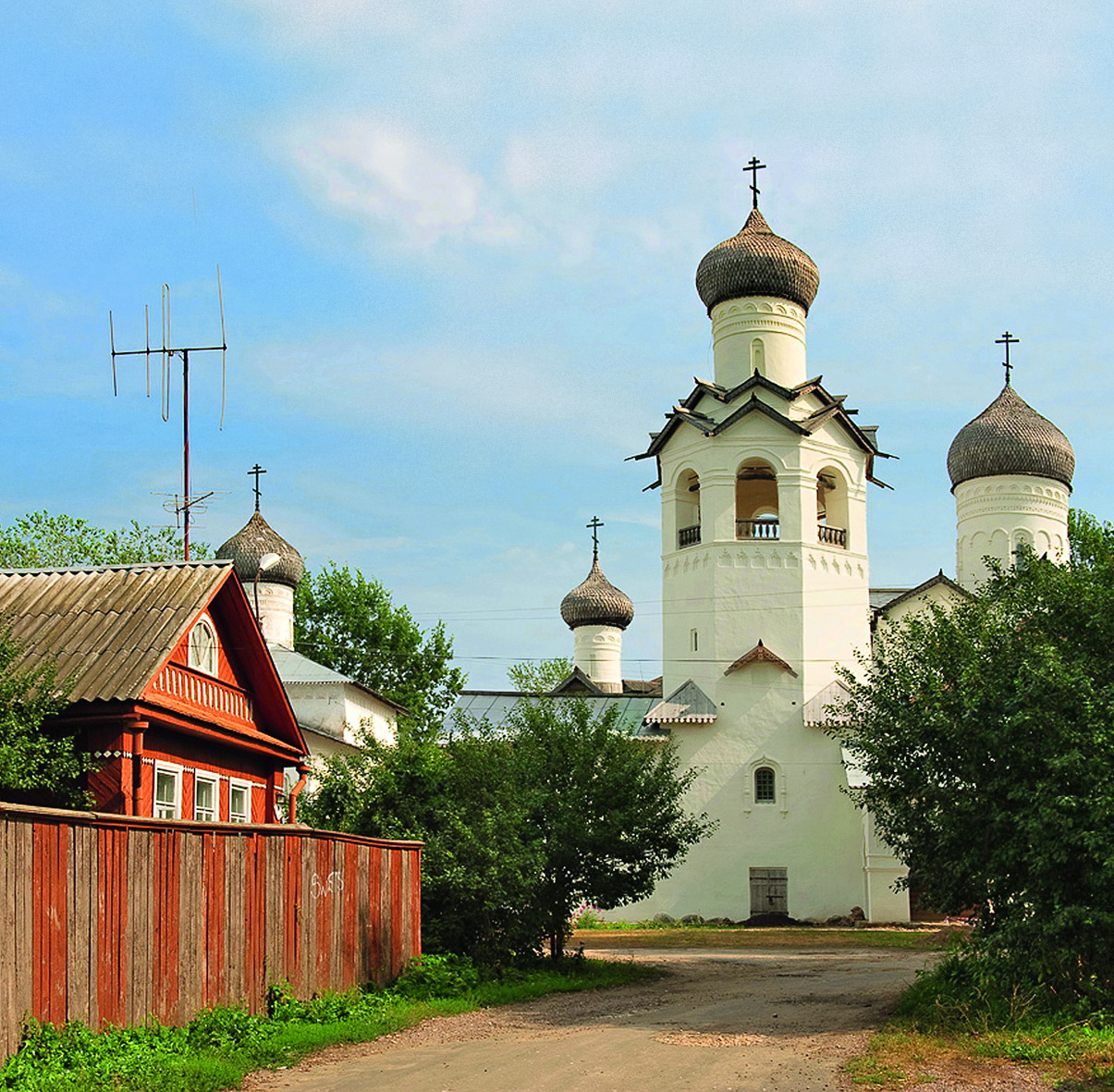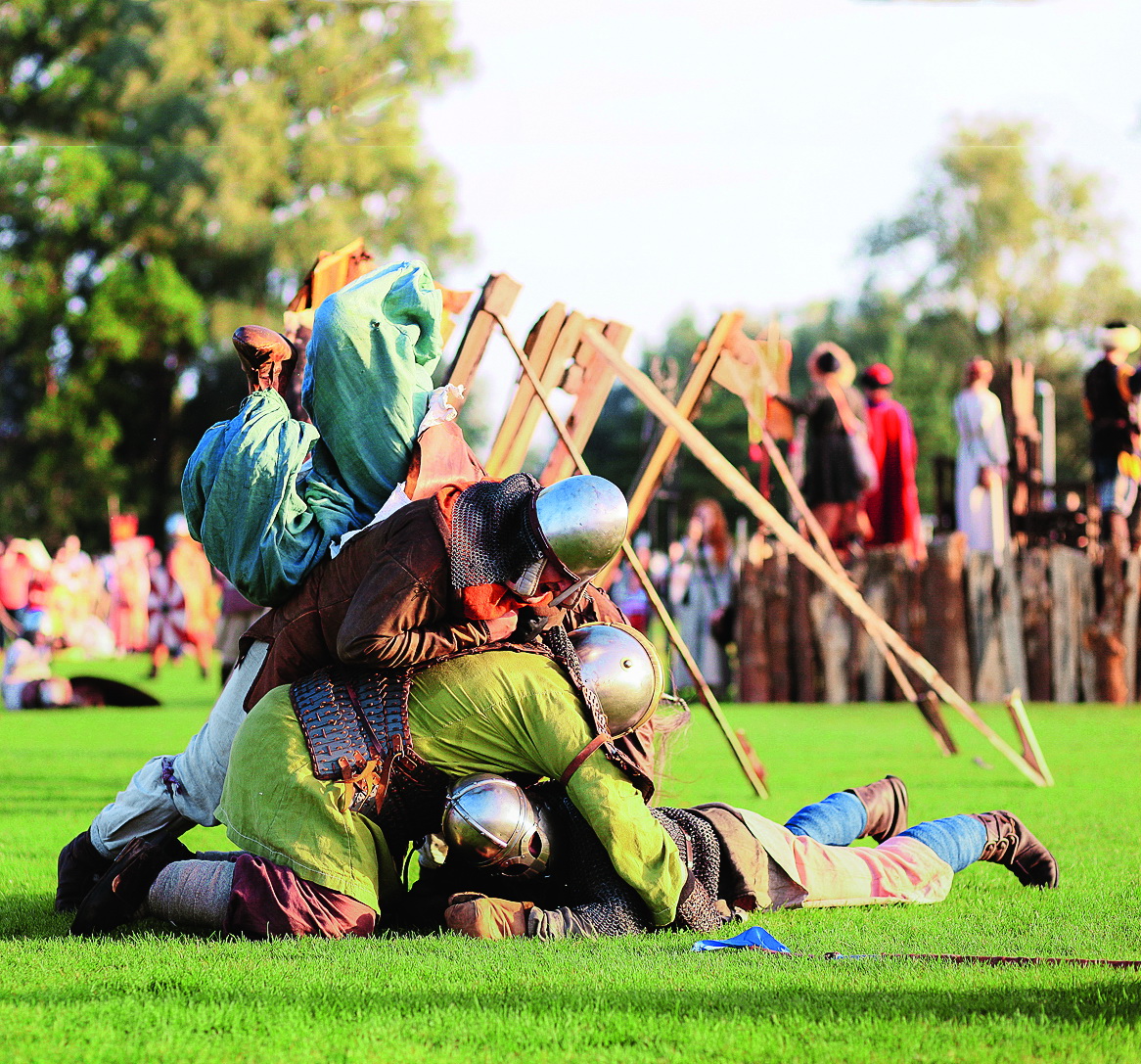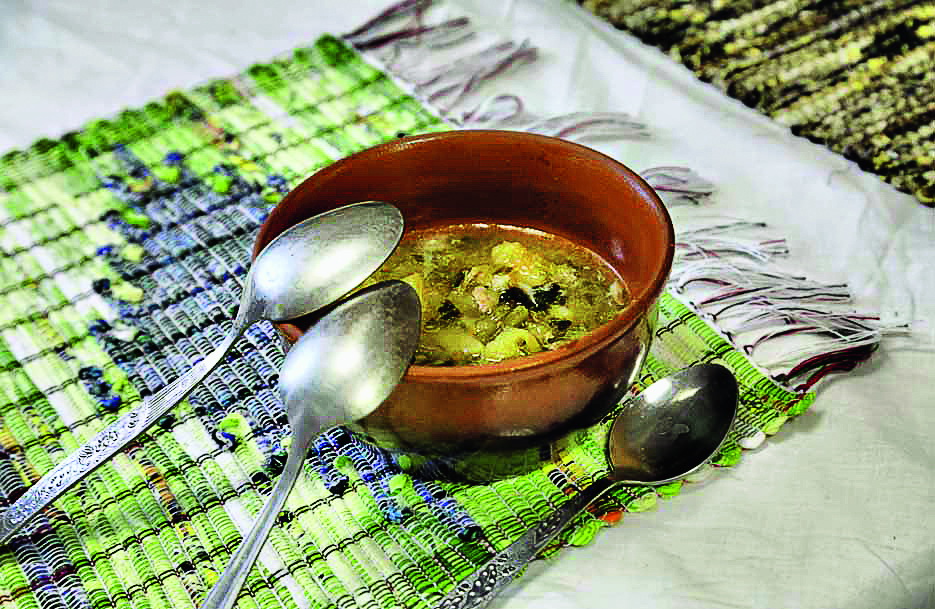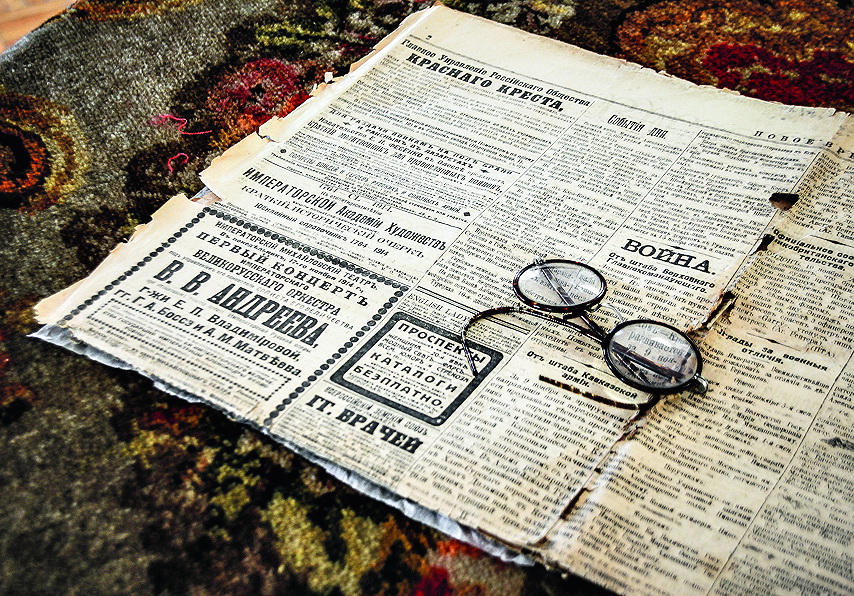The Novgorod Kremlin in the centre of Veliky Novgorod is a UNESCO World Heritage Site.
Most people in Russia, let alone abroad, are surprised to discover two regions with similar names on the map: Novgorod and Nizhny Novgorod. Here we wish to tell you about Veliky Novgorod and the Novgorod Region.
TEXT: ELENA KULESHOVA

Where should you go and what should you see in the “Birthplace of Russia”? That’s what the locals —
who are proud of their history and guard it carefully — call Veliky Novgorod.
Veliky Novgorod
Upon arriving in the city, which celebrated its 1,160th anniversary this year, your first stop should be to experience the silence of the ages in St. Sophia Cathedral. This is a working cathedral built in the 11th century by Yaroslav the Wise and Princess Ingegard on the site of a wooden church that had been razed by fire. This is the most ancient church anywhere in Russia. The wrought iron Magdeburg gates and the Icon of the Mother of God are the pride of the cathedral.

We recommend that you take the five-minute walk from the Novgorod Kremlin to admire the works of the genius painter Theophanes the Greek. These are the only of his monumental frescos surviving in the world today, and they can be seen in the Church of the Transfiguration on Ilyin Street. Any Novgorodian will tell you of dozens more such amazing places, almost 40 of which are under UNESCO protection.
And you should certainly try pickles from the village of Kholynya: their recipe is over 500 years old. From summer till spring, cucumbers are kept in oak barrels at the bottom of a river, acquiring an unmatched crunchiness and a delicate, pleasant taste.
Staraya Russa
Staraya Russa is a couple of hours away from Veliky Novgorod. On the way there, you can dip a toe into the river of time itself. The Ilmen Glint on the banks of Lake Ilmen is a monument of natural history. This is the longest exposed seabed of the Devonian period on the Russian Plain: the layers are from 420 to 360 million years old — living witnesses to the Age of Fishes.

In Starya Russa, you can soak up the literary atmosphere in the Fyodor Dostoyevsky House Museum. Here, in a small provincial town, Dostoevsky wrote The Brothers Karamazov, and it’s quite possible that a little creative inspiration will come your way, too.
Staraya Russa is also known for its curative mud and mineral waters, thanks to which it achieved the status of the “Imperial Resort”.
Be sure to try the salt at Rushanin Medieval Manor, an open-air museum that recreates the medieval town’s historic atmosphere.
Borovichi and Okulovka
Borovichi is the region’s second city. Here you can immerse yourself in a world of turbulent waters, river rapids, suspension bridges and extreme sports. The Msta River rapids are a real challenge for whitewater rafters. The Ryk (Roar) and Tri Byka (Three Bulls) rapids are considered to be the most dangerous. The natural beauty of the Borovichsky District and the neighbouring Olulovsky District is such that the historian and naturalist Vitaly Bianki called the area the “Country of Marvels,” where entry is forbidden to indifferent people whose hearts are closed to the wondrous beauty of the Novgorod rivers and forests.

A museum dedicated to the life of the great military leader Alexander Suvorov is located in the village of Konchansky, Borovichsky District.
The great explorer and scientist Nicholas Miklouho-Maclay lived in the Okulovsky District, in the village of Yazukovo. His estate still stands today and is of considerable interest to travellers.

Be sure to try Novgorod’s grey schi (cabbage soup), made from the green top leaves of cabbage, which acquire grey colour in the process of fermentation. The dish is for real foodies and gastro tourists who are open to new experiences.
Khvoinaya
Traveling into the depths of the Novgorod Region, you should visit the town of Khvoinaya. In the forest near the town, there are karst lakes which mysteriously drain into the earth. The most beautiful lake in the Karst Lake Reserve is Gorodno Lake. In addition, there are five more lakes and one chain of lakes.
Be sure to try medovukha —an alcoholic drink made from northern, amber honey.
TLR
Photos: Anastasia Antropova / Sergey Degryarev / Tourist center “Russia Novgorod”

